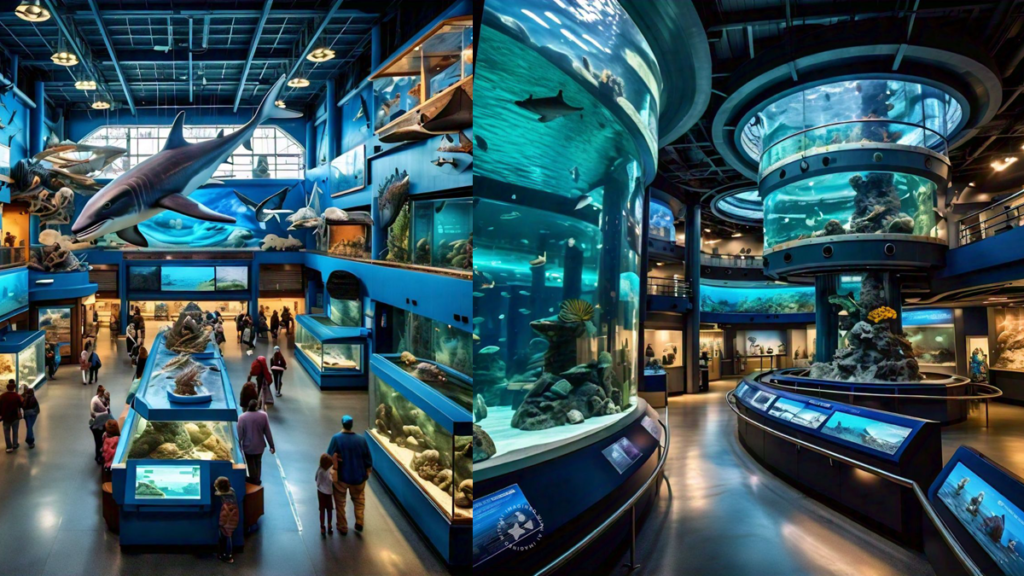The Mattatuck Museum’s story began in 1877, and over the decades, it has evolved into a beloved institution that preserves the artistic and historical legacy of the Naugatuck Valley.
Established in 1931, Rocky Neck State Park spans over 700 acres, offering visitors a diverse array of ecosystems, from sandy beaches to lush marshlands and dense forests
Rocky Neck State Park Read Post »
The Wolf Den is a historic site within Mashamoquet Brook State Park where, according to legend, Israel Putnam killed the last wolf in Connecticut in 1742. It’s a popular hiking destination, offering a unique glimpse into the region’s history.
Mashamoquet Brook State Park Read Post »
The Norwalk Maritime Aquarium is conveniently located at 10 North Water Street in Norwalk, Connecticut. It is easily accessible by car and public transportation
Norwalk Maritime Aquarium Read Post »
Phoenix Art Museum is kid-friendly, offering interactive exhibits and family-friendly programs. The museum’s Art Museum for Kids section is designed to engage young visitors with hands-on activities.
Phoenix Art Museum Read Post »
Antelope Canyon is divided into two distinct sections—Upper and Lower Antelope Canyon—each offering unique experiences and landscapes for visitors to explore.
The name “Hammonasset” is derived from a Native American word meaning “where we dig holes in the ground,”
Hammonasset Beach State Park Read Post »
Monument Valley is located on the Arizona-Utah border. The nearest major airport is in Flagstaff, Arizona, about 180 miles away. From there, you can drive to the valley via US-89 and US-163, which provide scenic routes.
Conveniently located off Route 188, Southford Falls State Park is easily accessible from major highways, making it an ideal destination for a day trip.
Southford Falls State Park Read Post »
Flagstaff has been a pivotal stop along Route 66 since the road’s inception in the 1920s, making it a key location for travelers heading west.
Flagstaff’s Route 66 Read Post »
Founded in 1877, Tombstone’s history is deeply rooted in the silver mining boom, which transformed this once remote desert outpost into one of the most notorious towns in the American West.
Spanning over 2,000 miles of shoreline and dotted with nearly 100 canyons, Lake Powell’s landscape is a tapestry of stark desert contrasts











